Tomatoes are among the most beloved plants for home gardeners, offering juicy, vibrant fruits that elevate everything from salads to sauces. But while growing tomatoes may seem simple, achieving bigger, tastier harvests often requires a little extra care. One of the most effective practices is pruning. This technique, often overlooked by beginners, can transform an average tomato plant into a prolific producer.
In this article, we’ll break down why pruning matters, how to do it correctly, common mistakes to avoid, and tips to maximize your harvest. Whether you’re a first-time gardener or an experienced grower, this guide simplifies tomato pruning so that bigger harvests truly become easy.
Why Pruning Tomatoes is Important
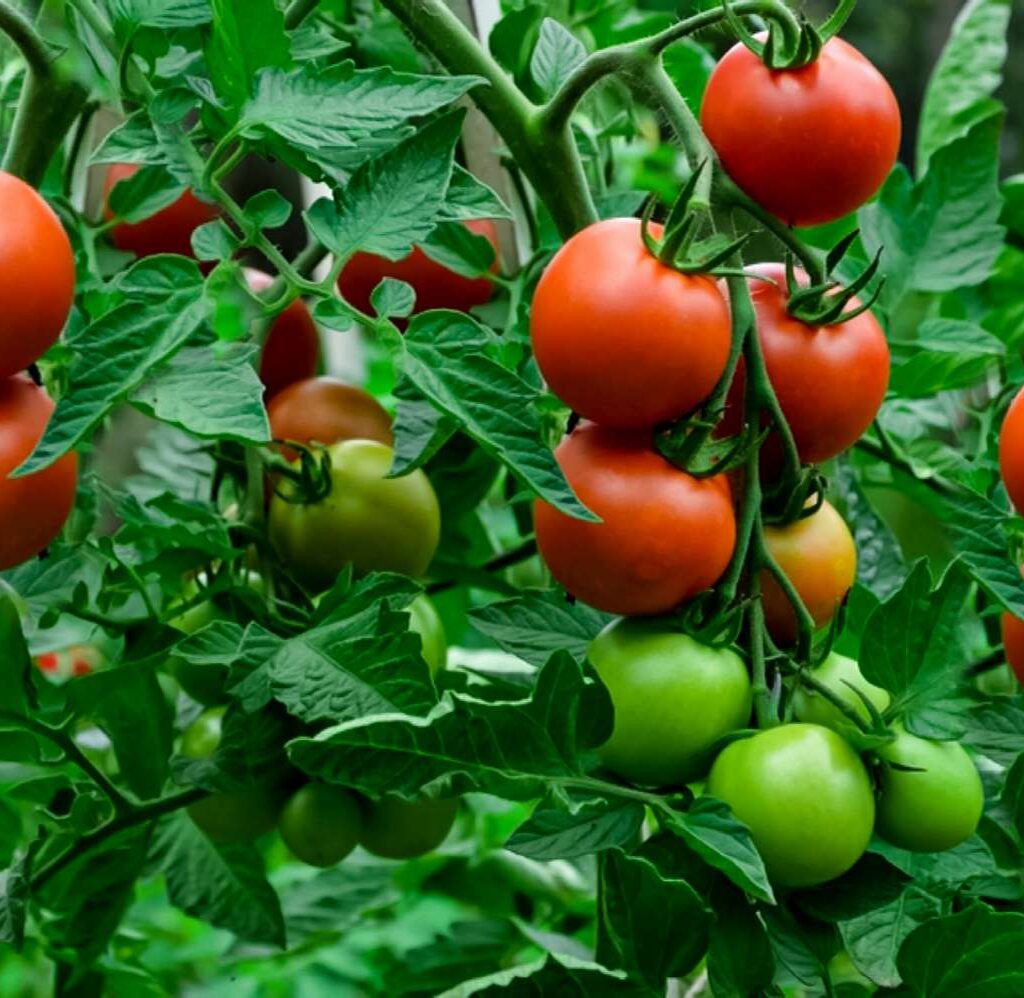
Tomato plants are naturally vigorous growers. Left unpruned, they can become sprawling, tangled, and overcrowded with foliage. This creates several challenges:
- Reduced Airflow – Dense foliage traps humidity, encouraging diseases like blight, mildew, and fungal infections.
- Shaded Fruits – Too many leaves prevent sunlight from reaching developing tomatoes, leading to slower ripening.
- Nutrient Drain – The plant spends energy producing excess leaves instead of channeling nutrients into flowers and fruits.
- Weaker Structure – Overgrown plants can break under the weight of fruit or topple in strong winds.
By pruning strategically, you encourage stronger growth, healthier plants, and larger, juicier tomatoes. It’s about quality over quantity: fewer stems and leaves, but more robust and flavorful fruit.
Understanding Tomato Types Before Pruning
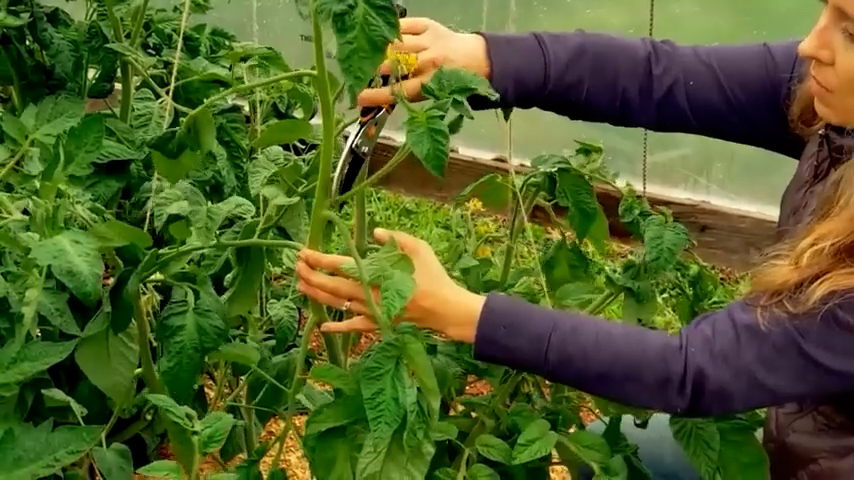
Not all tomatoes need the same pruning. The technique depends largely on whether your plant is determinate or indeterminate:
- Determinate Tomatoes
- Also called “bush” varieties.
- Grow to a certain size, set fruit, and stop growing.
- Minimal pruning required—just remove yellowing or diseased leaves. Heavy pruning can reduce yields.
- Indeterminate Tomatoes
- Continue growing and producing fruit until frost.
- Can reach 6–10 feet tall if supported.
- Benefit greatly from pruning, as it controls growth and maximizes fruit size and flavor.
Tip: Always identify your tomato variety before starting. Seed packets or plant labels usually mention if it’s determinate or indeterminate.
When to Start Pruning
Pruning should begin when your tomato plants are young but established—usually when they are 12–18 inches tall. Early pruning sets the framework for balanced growth. After that, continue checking weekly throughout the season, especially during peak summer growth when plants expand rapidly.
Step-by-Step Guide to Pruning Tomatoes
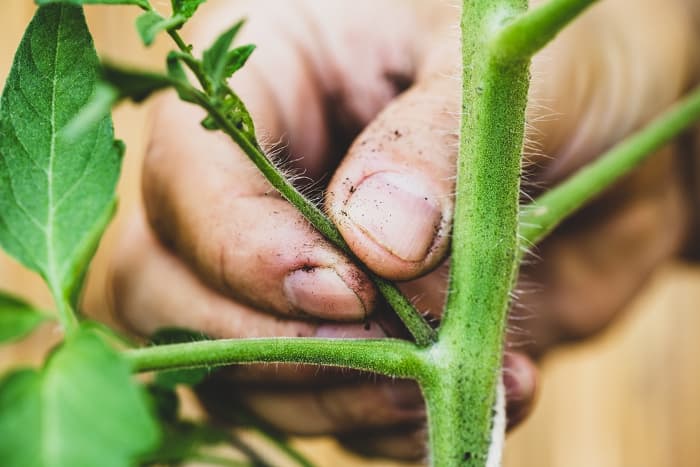
1. Gather Your Tools
- Clean, sharp pruning shears or scissors.
- Garden gloves (to protect from sticky tomato sap).
- A bucket or compost bin for discarded leaves.
2. Identify and Remove Suckers
- What are suckers?
Suckers are small shoots that grow in the leaf axils (the junction where a branch meets the main stem). If left unchecked, they form new stems and create bushy growth. - How to remove them:
Pinch them off with your fingers when they are small (2–4 inches). Larger suckers can be cut with shears. - Why remove them?
Eliminating suckers directs energy toward fruit production instead of excess foliage.
3. Remove Lower Leaves
- As the plant grows, prune off the bottom 6–12 inches of leaves.
- These leaves are closest to the soil, where pathogens can splash up during watering or rain.
- This reduces disease risk and improves airflow.
4. Maintain One or Two Main Stems
- For indeterminate varieties, select one or two strong stems and prune away competing shoots.
- This creates a tidy, vertical structure that’s easier to stake or cage.
5. Thin Out Crowded Foliage
- If the plant becomes too dense, selectively remove some inner leaves.
- This lets sunlight penetrate and helps fruits ripen faster.
6. Top the Plant (Optional)
- Late in the season (about 4–6 weeks before expected frost), pinch off the growing tips.
- This signals the plant to stop producing new flowers and instead focus energy on ripening existing fruits.
Common Mistakes in Tomato Pruning
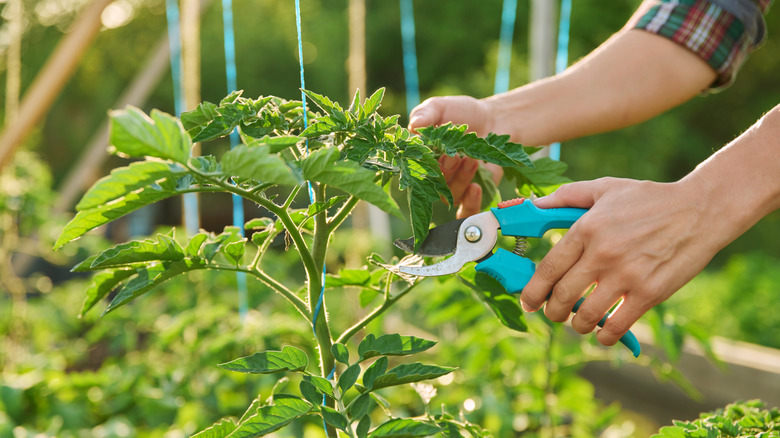
Even though pruning is simple, beginners often make avoidable mistakes:
- Over-Pruning – Removing too many leaves weakens the plant, as leaves are essential for photosynthesis.
- Pruning Determinate Tomatoes – Heavy pruning of bush varieties reduces fruit production.
- Late or Inconsistent Pruning – Neglecting plants for weeks and then cutting too aggressively shocks them.
- Using Dirty Tools – Unclean shears spread disease between plants. Always sanitize before pruning.
- Pruning in Wet Conditions – Wet leaves are more vulnerable to fungal infections when cut.
Supporting Pruned Tomato Plants
Pruned tomato plants are more upright and productive but need support to thrive. Pair pruning with one of these support systems:
- Stakes – Tall wooden or metal stakes tied with soft twine. Best for single-stem pruning.
- Cages – Wire cages that support branching growth. Ideal for gardeners who prune lightly.
- Trellises – Horizontal wires or strings for vertical training, great for indeterminate vines.
Additional Tips for Bigger Harvests
- Feed Regularly – Pruned plants direct more energy into fruits, so provide balanced tomato fertilizer rich in potassium and phosphorus.
- Mulch the Soil – Mulch conserves moisture, prevents soil splash, and regulates temperature.
- Water Deeply and Consistently – Inconsistent watering leads to blossom-end rot and cracking.
- Companion Planting – Grow basil, marigolds, or nasturtiums nearby to deter pests and boost pollination.
- Monitor for Pests – Pruning exposes stems and fruits, so keep an eye out for hornworms, aphids, and whiteflies.
Benefits of Pruning Tomatoes
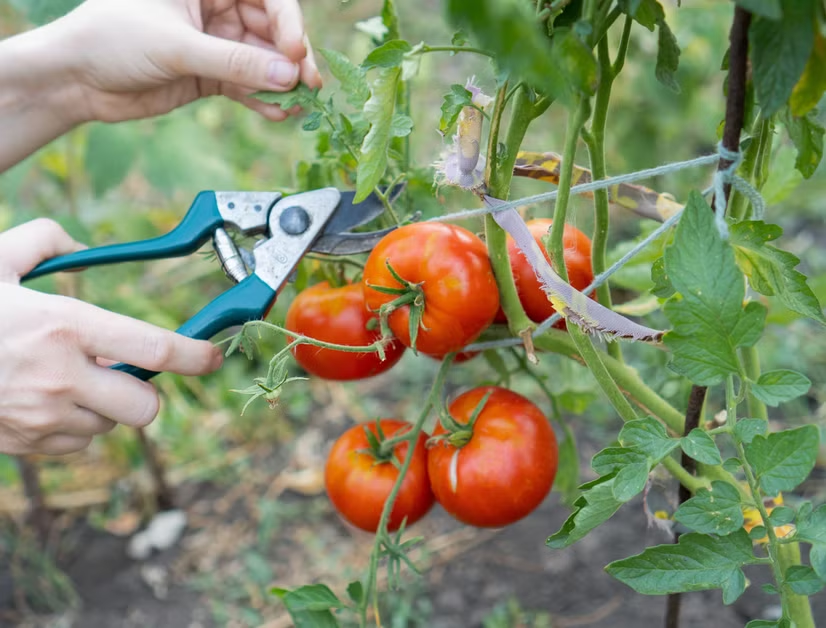
By now, you can see that pruning is not about making plants look neat—it’s about maximizing their potential. The benefits include:
- Bigger, juicier, and tastier tomatoes.
- Faster ripening due to improved sun exposure.
- Reduced disease risk from better airflow.
- Easier access for watering, staking, and harvesting.
- A longer productive season for indeterminate varieties.
Conclusion
Tomato pruning doesn’t have to be intimidating. With just a few simple steps—removing suckers, cutting lower leaves, and shaping the plant—you can dramatically boost the size and quality of your harvest. The key is understanding your tomato variety, pruning consistently, and balancing foliage with fruit production.
When done right, pruning transforms your tomato patch from a wild jungle into a productive garden filled with plump, delicious tomatoes. And the best part? You don’t need years of gardening experience—just a little time, patience, and this simplified guide.
So grab your pruning shears, head out to the garden, and start shaping your way to a season of bigger harvests made easy.
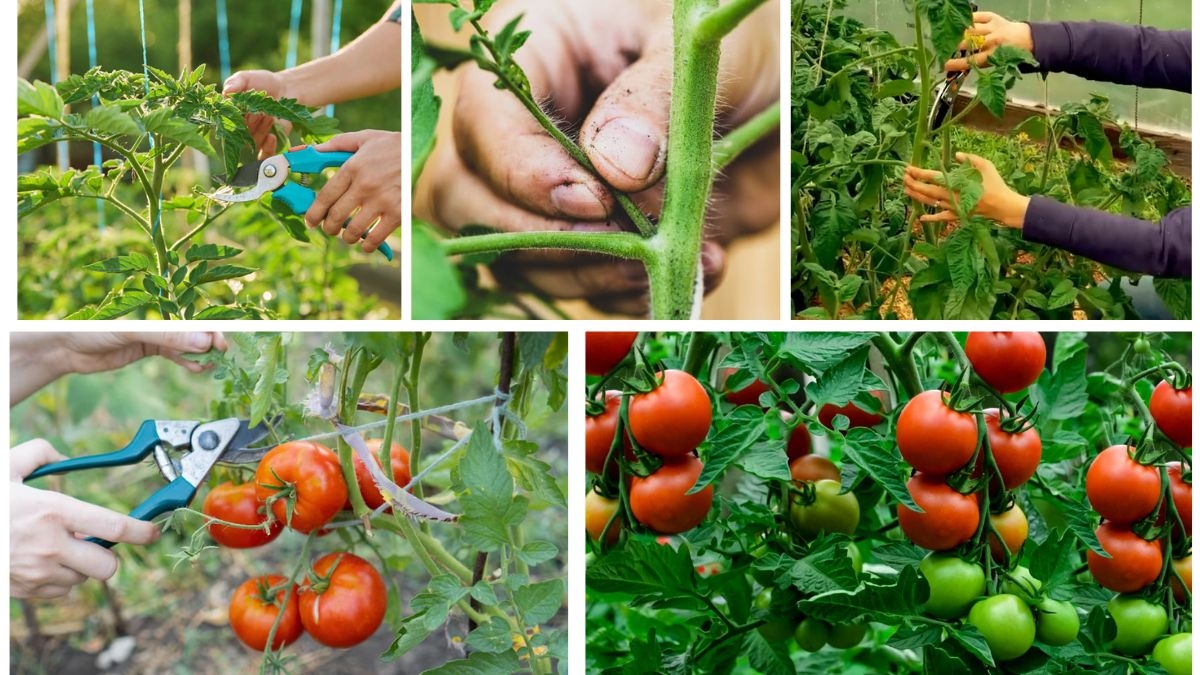

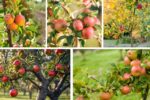

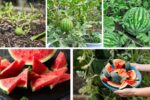
Leave A Comment